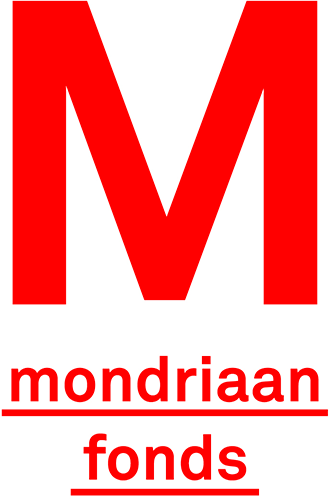Graphic arts - Etchings
The origins of the art of etching are rooted in the European armoury crafts, around 1400. Armourers embellished suits of armour and weaponry, providing them with decorations, using sharp chisels. When the engraving was ready, it was filled up with black enamel - the so called niéllo - and covered with a wet piece of paper. The niéllo partly soaked into the paper and thus an imprint of the engraving had come into existence. In fact, that print was used for one purpose only, notably as a sample sheet for showing the craftsmanship of the armourer himself. Appropriate advertisement to attract new clients. However, it should be borne in mind that the prints were always mirror images of the original engraving.
It was in those workshops that the technique of engraving developed into a sort of reproductions craft. All kinds of images were engraved in metal sheets and their prints were sold on markets as illustrations. In this way the craft of engraving captured its own important place in the expressive arts. The advantage of engravings was - and still is – that they could be printed in numbers. A print ( the collective term for all hand printed kinds of the expressive arts ) was, by its edition and circulation possibilities, substantially cheaper than a painted picture. The development of the art of printing is interesting, not only in terms of the expressive arts but also in a social perspective; to many persons who could not afford to buy paintings, it ensured their opportunities to decorate their houses.
An engraving is produced in metal sheets of copper, steel or zinc. With sharp chisels lines can be drawn. To prevent injuries, which an engraver could risk, the sheet is laid down on a sack filled with sand. By turning the sheet, when busy drawing, the engraver was enabled to thrust his chisel in movements pointing off away his own body.
The first two dated engravements (1398) are to be found in a Museum in Colmar, France. In that same era craftsmen discovered that metal reacts readily with acid or base. This discovery created the beginning of the technique of etching.
This technique requires a metal sheet, of which the top should be covered by a thin coating, consisting of asphaltic powder and beeswax. The sides and underside of the sheet are to be covered by a cheaper coating of shellac, dissolved in methylated spirits, or alcohol. By use of an etching-needle, the image is drawn ( line etching ), starting with the main design. Depending on the metal used and on what the etcher would wish to accomplish, the sheet should be corroded by acid or saline substances. A corrosive technique by use of saline substance, or iron chlorides has the advantage that drawing-lines are fully perpendicularly bitten into the metal sheet. Biting in through iron chlorides can be done with copper. However the disadvantages are that iron chlorides provide in fact an opaque brownish liquid – thus the etcher does not exactly see what he is doing – and also that the corrosive process goes very slowly. Generally images on etching sheets are bitten into by use of saltpetre acid; a swiftly corrosive acid with the disadvantage that it also widens the drawing lines on the sheet. Drawing lines bitten into by saltpetre acid are frayed.
Etchings are created in stages, which means that intermediate engravements are to be made on the same sheet. It is a matter of working step by step. When an etching sheet is considered ready, the drawing lines are rubbed in with ink. All remaining ink is removed from the sheet, by hand. Only in the etched parts of the sheet the ink will be maintained. Finally the image will be printed out by the use of an etching press.
Back


